Introduction
Why Exotic Pets Are Perfect for Apartments
The 12 Best Exotic Pets for Apartment Living
Rabbits
Ferrets
Rats
Mice
Hamsters
Guinea Pigs
Reptiles
Frogs
Hermit Crabs
Tarantulas
Parrots and Small Birds
Lifespan and Care Requirements for Each Pet
How to Create an Ideal Environment for Exotic Pets in Apartments
Benefits and Challenges of Owning Exotic Pets
FAQs
Conclusion
Looking for a pet that’s fun, unique, and perfect for apartment living? Exotic pets could be just what you need! These small, low-maintenance animals are ideal for compact spaces and can offer companionship and entertainment. From cuddly rabbits to fascinating tarantulas, exotic pets bring a touch of excitement to any living arrangement.
This guide will introduce you to 12 amazing exotic pets that thrive in apartments, along with tips for their care, lifespan, and how to create a great home for them. Let’s dive in!
Exotic pets are becoming increasingly popular among apartment dwellers for several reasons:
Compact Size: Most exotic pets are small, making them ideal for tight spaces.
Low Maintenance: Compared to dogs or cats, many exotic pets require less daily care.
Quiet Companions: Exotic pets like reptiles or hamsters are silent, ensuring you won’t disturb neighbors.
Fascinating to Observe: Their unique behaviors and appearances make them incredibly interesting.
Rabbits are playful, friendly, and surprisingly intelligent. They can learn tricks, recognize their names, and even use a litter box. Perfect for families or individuals, rabbits are ideal for those seeking an interactive pet.
Space Needed: A large cage with space to roam.
Lifespan: 8–12 years.
Care: Provide a diet of hay, fresh veggies, and pellets, plus regular grooming.

These energetic little creatures are full of personality. Ferrets love to explore and need plenty of playtime. They can adapt well to apartment life if you ferret-proof your home.
Space Needed: A multi-level cage with play areas.
Lifespan: 6–10 years.
Care: Feed high-protein food, provide toys, and groom them regularly.
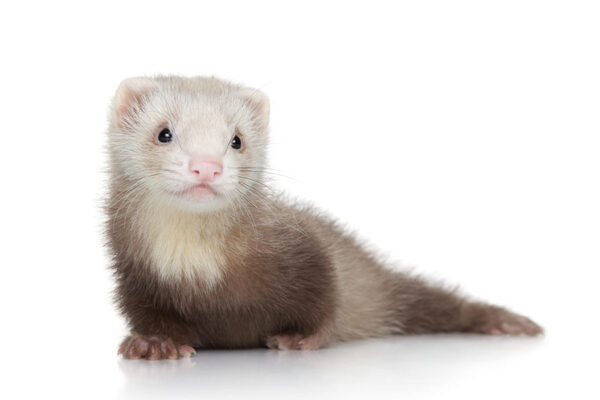
Smart, social, and affectionate, rats are underrated pets. They’re trainable and enjoy interacting with their owners. Rats are great for small spaces as they require minimal setup.
Space Needed: A medium-sized cage with tunnels and shelves.
Lifespan: 2–3 years.
Care: Clean the cage often and feed them a balanced diet of fruits, veggies, and pellets.
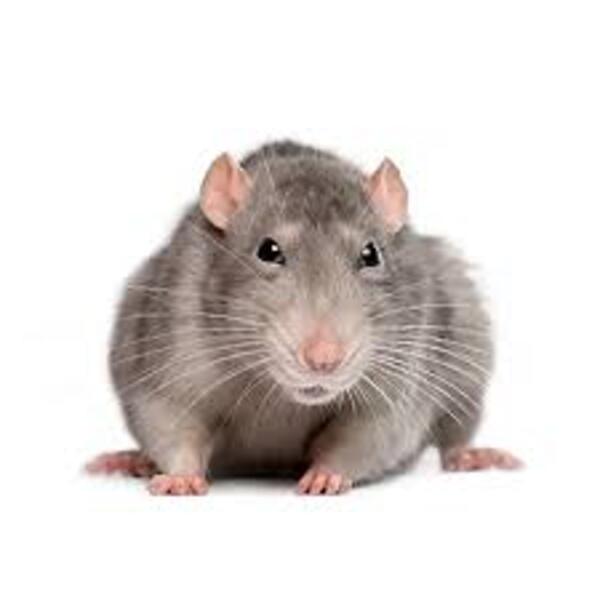
Mice are tiny, independent, and perfect for those looking for a pet with minimal interaction. They’re fascinating to watch and require very little space.
Space Needed: A small cage with hiding spots and climbing toys.
Lifespan: 1.5–2 years.
Care: Regularly clean their habitat and feed small amounts of grains and vegetables.
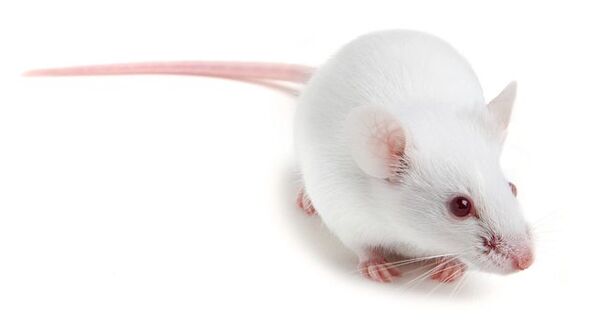
Hamsters are nocturnal creatures that are easy to care for and love running on wheels. They’re ideal for people who are busy during the day.
Space Needed: A small cage with bedding and a wheel.
Lifespan: 2–3 years.
Care: Provide fresh water, hamster food, and occasional treats.
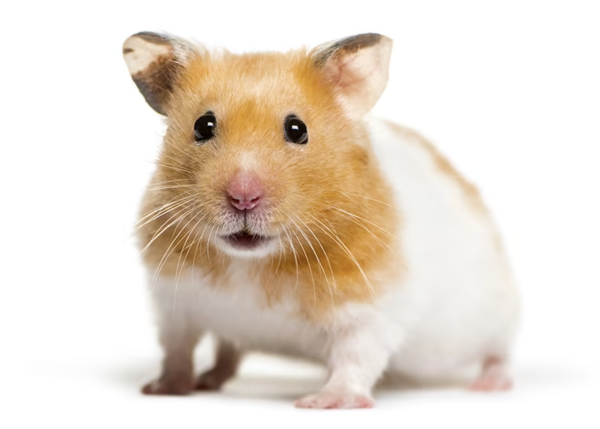
Guinea pigs are social and gentle, often forming strong bonds with their owners. They do best in pairs or groups and require a spacious cage.
Space Needed: A large cage with room to roam.
Lifespan: 5–7 years.
Care: Feed hay, fresh vegetables, and vitamin C-rich pellets.

Reptiles like geckos, turtles, and snakes are quiet, low-maintenance pets. Their habitats can be customized with heat lamps and decorations.
Space Needed: A terrarium suited to their size.
Lifespan: Varies—10+ years for many species.
Care: Maintain proper temperature and humidity, and provide live or plant-based diets.
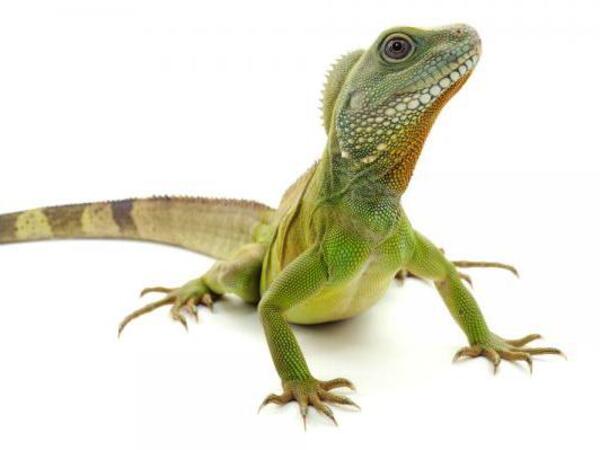
Hedgehogs are nocturnal, quiet, and fairly independent. They’re best for people who enjoy observing their quirky behaviors.
Space Needed: A spacious cage with hiding areas.
Lifespan: 4–6 years.
Care: Offer high-protein food and maintain a clean environment.
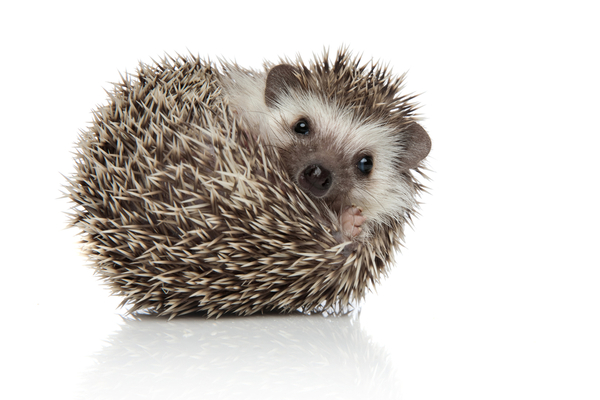
Frogs, like dart frogs or tree frogs, are colorful and fascinating to watch. They’re great for anyone who doesn’t need a pet to interact with daily.
Space Needed: A small terrarium with live plants.
Lifespan: 5–15 years, depending on the species.
Care: Maintain proper humidity and feed them live insects.
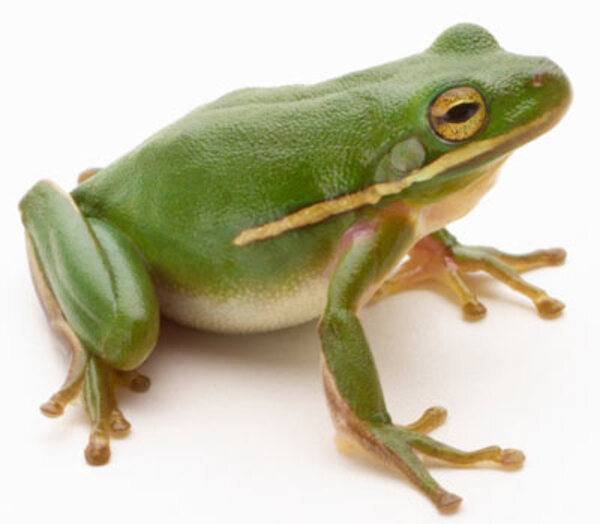
Hermit crabs are unique and require minimal upkeep. They’re great for kids and first-time pet owners.
Space Needed: A small tank with sand and climbing surfaces.
Lifespan: 10–20 years with proper care.
Care: Provide fresh water, saltwater, and a variety of shells.
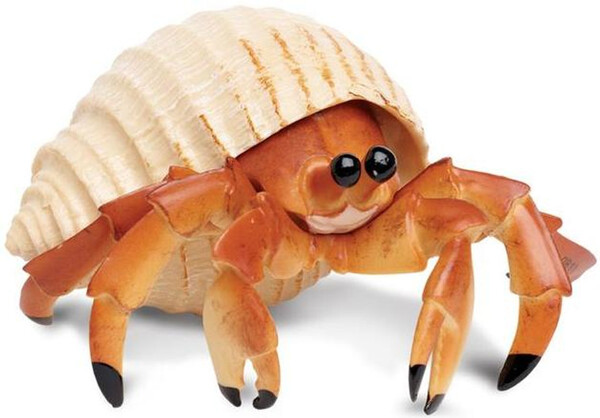
Tarantulas are low-maintenance and fascinating exotic pets. They require minimal space and attention.
Space Needed: A small terrarium with a hiding spot.
Lifespan: 5–20 years, depending on the species.
Care: Feed them insects and ensure their environment stays humid.
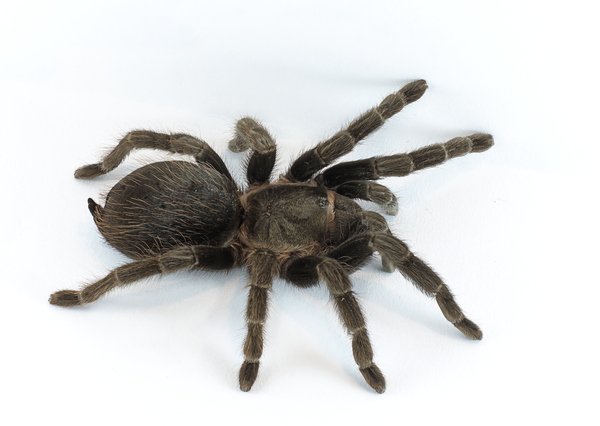
Though slightly higher maintenance, small exotic birds like parakeets or lovebirds can thrive in apartments with proper care.
Space Needed: A birdcage with toys and perches.
Lifespan: 10–20 years.
Care: Provide fresh seeds, fruits, and regular interaction.
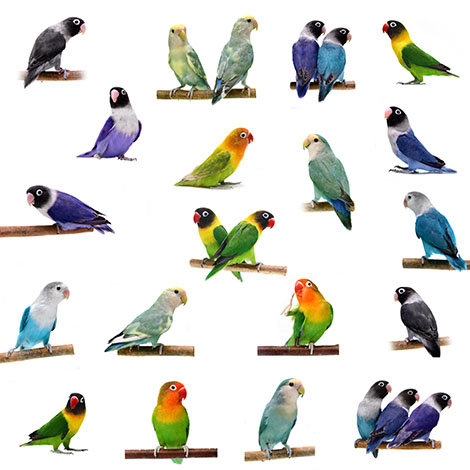
The lifespan of exotic pets varies widely, so it’s important to choose one that fits your lifestyle. While some, like mice, live for a couple of years, others, like hermit crabs, can live for decades. Care requirements also range from simple setups to more complex environments with specific temperature and humidity needs.
Cage or Tank Size: Ensure your pet has enough space to move around comfortably.
Ventilation: Proper air circulation is vital, especially for reptiles and amphibians.
Noise Control: Keep your apartment quiet to reduce stress for your pet.
Safety: Avoid placing cages or tanks near windows, heaters, or air conditioners.
Unique companionship.
Low noise levels.
Minimal space requirements.
Special dietary and habitat needs.
Limited availability of exotic pet veterinarians.
Potential legal restrictions.
1. Are exotic pets legal in apartments?
Yes, most exotic pets are legal, but always check local regulations and apartment policies.
2. What’s the easiest exotic pet to care for?
Hamsters, hermit crabs, and frogs are some of the easiest pets to maintain.
3. Do exotic pets require special diets?
Yes, many exotic pets need species-specific diets, such as live insects for frogs or high-protein food for hedgehogs.
4. Are exotic pets safe for children?
Some exotic pets, like guinea pigs and rabbits, are great for kids, while others, like tarantulas, may require careful handling.
5. Can exotic pets live long lives?
Yes! With proper care, many exotic pets, like reptiles and hermit crabs, can live over a decade.
Exotic pets can bring joy and uniqueness to apartment living. Whether you choose a cuddly rabbit or a fascinating tarantula, these small companions fit perfectly into compact spaces. By understanding their care needs and creating a suitable environment, you can ensure a happy, healthy life for your exotic pet.
animal tags: Exotic-pets
We created this article in conjunction with AI technology, then made sure it was fact-checked and edited by a Animals Top editor.